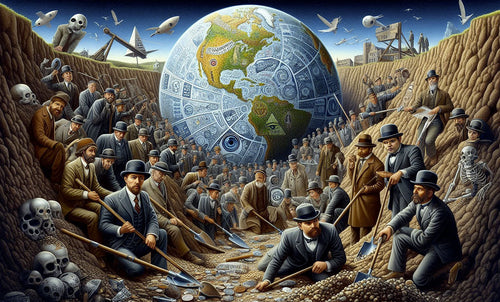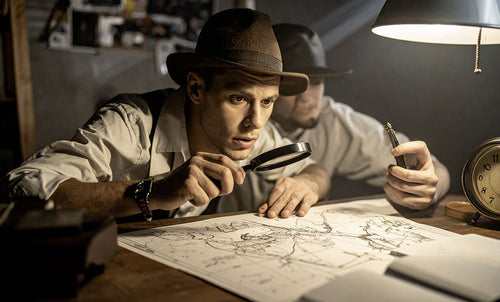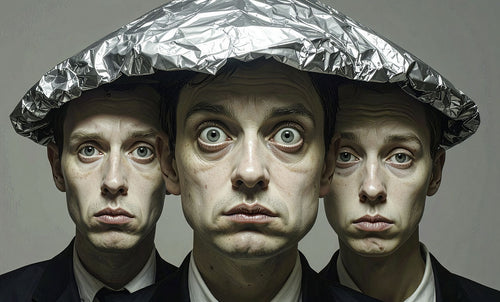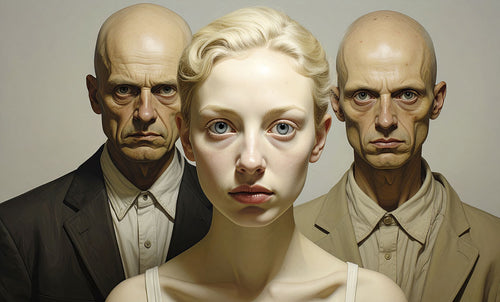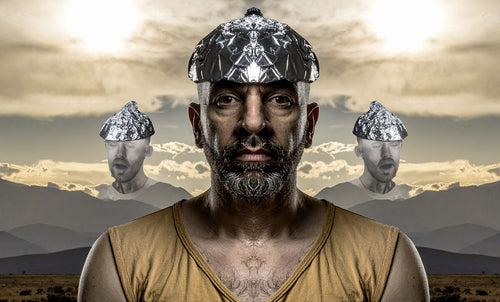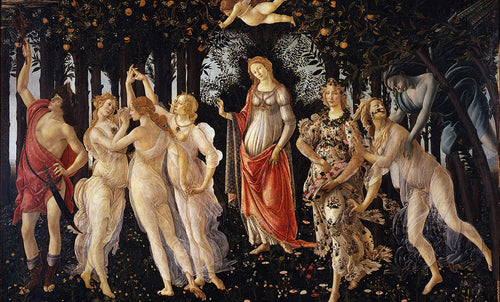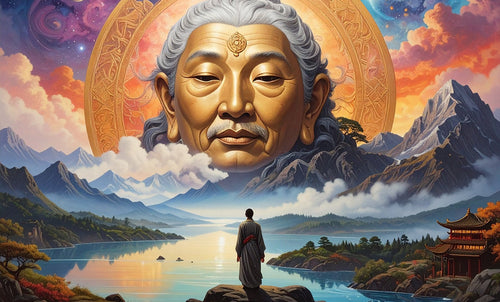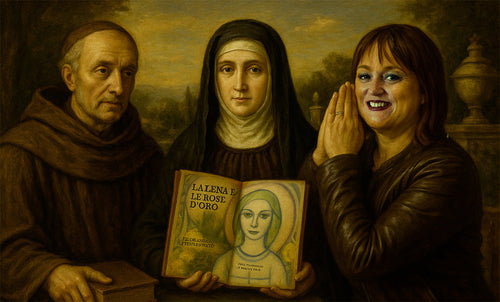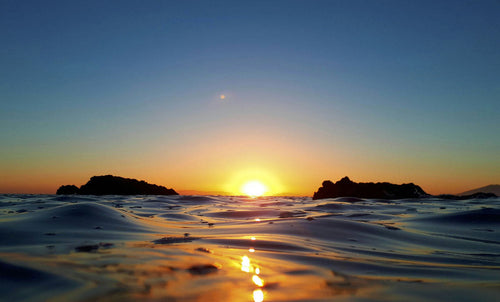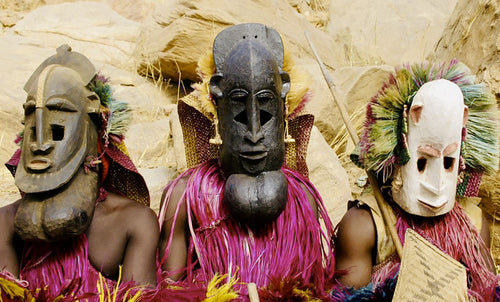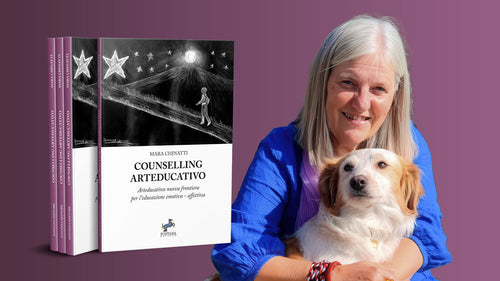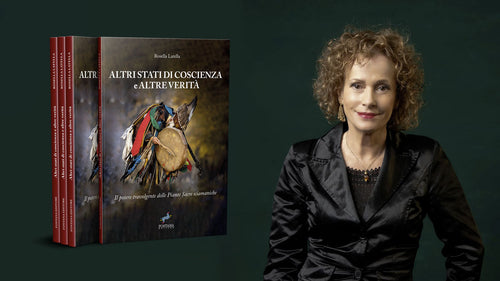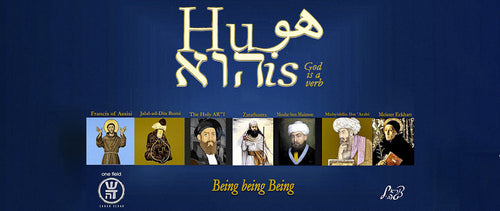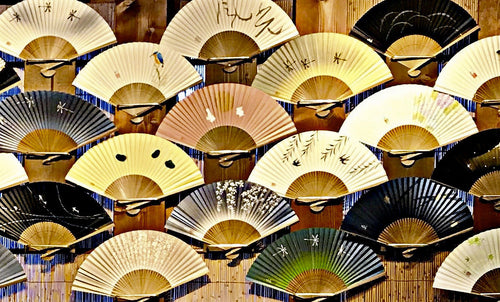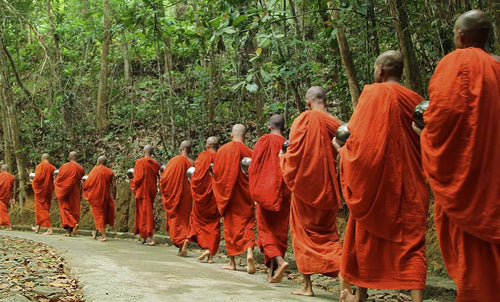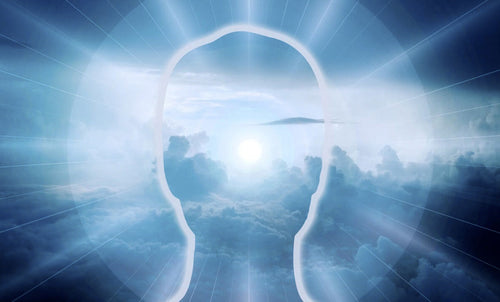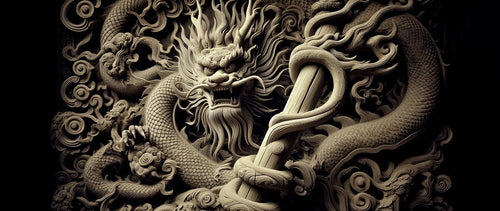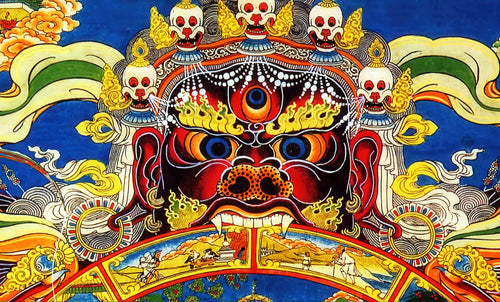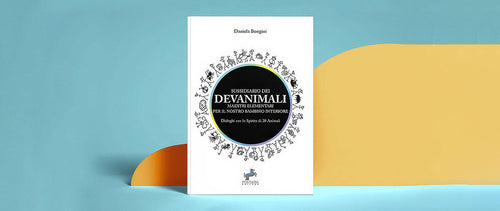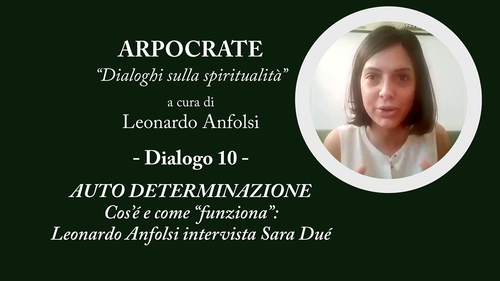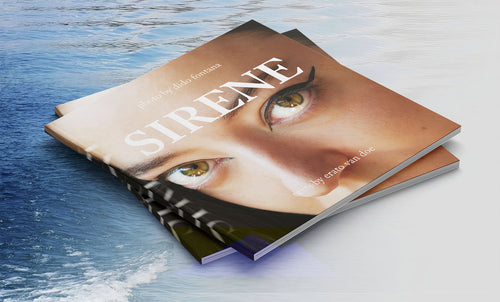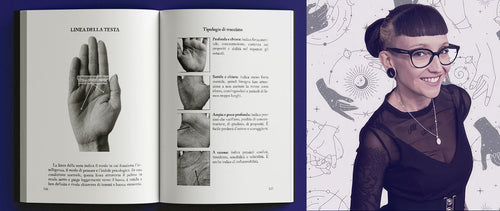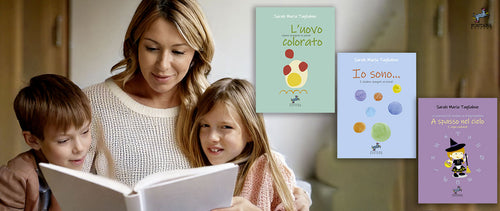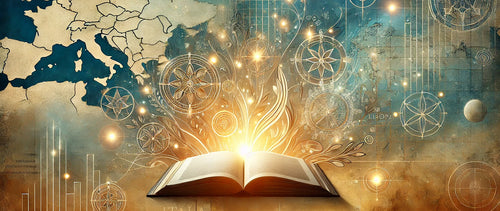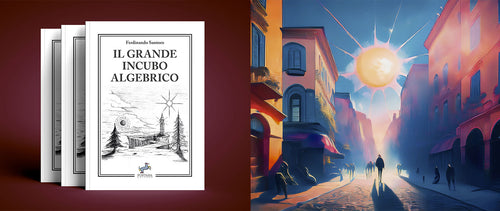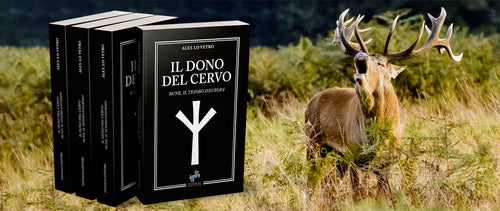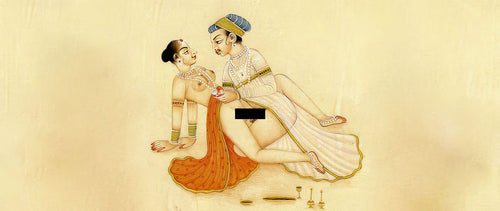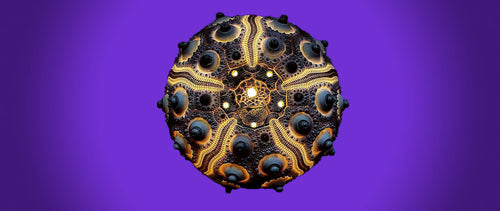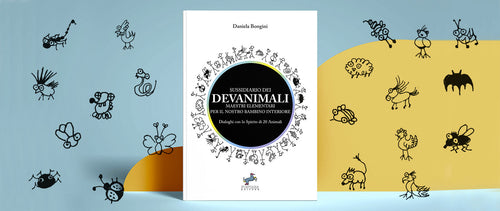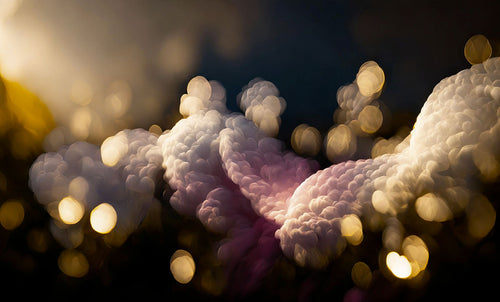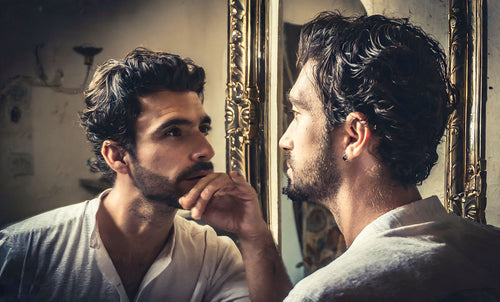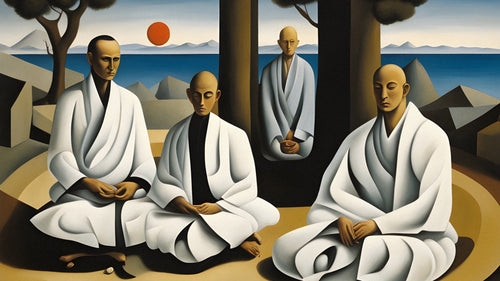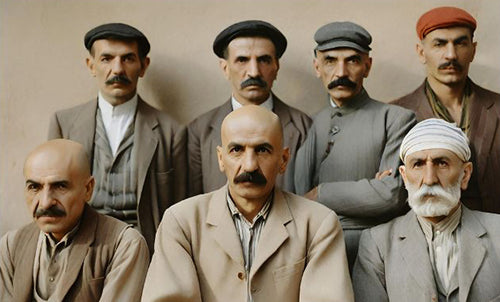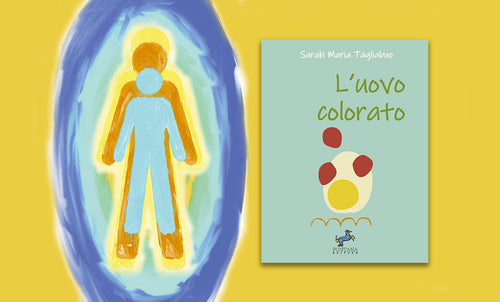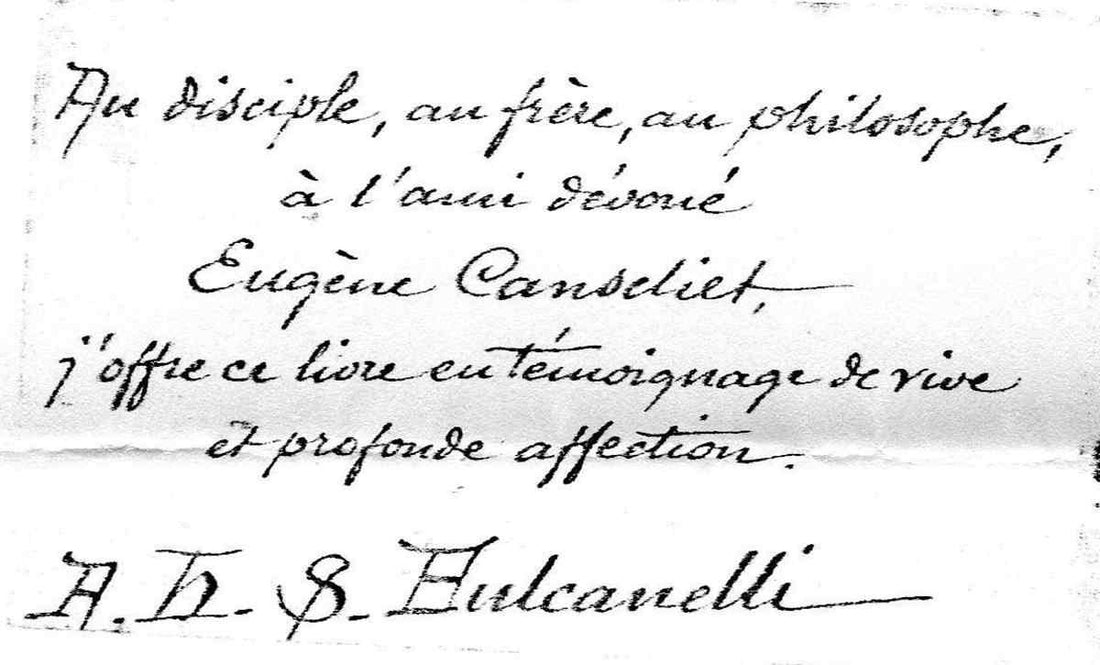
The Alchemy of Fulcanelli. An Alchemy of Light
Leonardo AnfolsiA talk by Jean Artero during the symposium “Fulcanelli” 7th of May 2011 at Pradet, Var, France
Fulcanelli can be considered as the most well-known contemporary alchemist, deriving his reputation from numerous translations of his works, now available in most Western languages and even in Japanese. If there are questions about the reasons for this fame, we can consider multiple factors, the first of which is his approach to Alchemy that I would call the Alchemy of light.
We begin with the realization that the “fama” of Fulcanelli is relatively recent, and that when in 1926, and in 1930 appeared “The Mystery of the Cathedrals” and the “Dwellings of the Philosophers”, neither one nor the other particularly attracted any attention even within the inner circle of Hermetic scholars, if we exclude Paul Le Cour or Emile Nourry alias Pierre Saintyves, who immediately understood the importance of it. Hundreds of copies of the first and the second books were printed; in 1945 the first one was already exhausted, but it was not so for the second.
It was he, moreover, who ensured, respecting the author’s instructions, subsequent publications in France when their re-release became necessary at the end of the’ 50s and later in the mid-60s.
Canseliet would thus have time to see the first publications translated into the languages of Great Britain, Italy, and Portugal and, as was previously said, Japan. We would be wrong if we forgot the role played by successive editors towards the writing and glosses of the texts by Fulcanelli, whether it is, in France, Jean Schemit, his spouses, Lavritch or Jean Jacques Pauvert. Also do not forget the influence of some of Canseliet’s friends including the surrealists like René Alleau and, more importantly, André Breton.

As I have already had the occasion to explain during a live TV broadcast, I am convinced that the book of Louis Pauwels and Jacques Bergier, Le Matin des Magiciens, that had great success fifty years ago and in which the Alchemy of Fulcanelli frequently appeared, served as a catalyst for so much notoriety.
The renewed attraction for the mystery that shines through, did not exclude the immediate rationality where Isaac Newton, being both a physical scientist and an alchemist, was introduced as the last of the magicians; starting from this common intention, Fulcanelli could appear as the first specimen of a new set of scientists who were inspired magicians as well.
Since Lavoisier on, the official chemistry actually tried to make a clean sweep of alchemy by relegating it to the rank of proto-chemistry, and he was able to advance the idea of calling alchemy a more authentic physical chemistry than just physics during the late 19th century and early 20th century which validated the ability to transmute one element into another.
“The theoretical ideas that our chemists claim today have been derived, without a doubt, from the Alchemists... These are men who first demonstrated the actual accomplishment that comes from a unity of substance, which was an incontrovertible basis of their philosophy.”
The official scientific disciplines seem so compartmentalized and specific, compared to Alchemy which is all-encompassing and one. For this, we realize how yesterday and today science proposes an explanation of the world to the public which is at the same time fragmented and confused but easily accessible.
Reflecting this, they do not appear as ridiculous as explanations so improbable as the “primordial soup” or the “big-bang”, when compared, with a minimum of objectivity, to the creationist hypothesis, to use a fashionable term? If we compare these two approaches in all their complexity and mystery, we realize how God ultimately “better stay on the course”, if you’ll pardon the expression...
For Fulcanelli, scientists who ignore Alchemy or pretended to ignore it are wrong in many ways, as opposed to Chevreul, Berthelot and Curie, and they are wrong especially when they focus on the effects of phenomena and not on their causes.
“Chemistry is undeniably the science of the facts, like alchemy is the science of the causes.” The first, limited to matter, relies on the experience; the second preferably takes its directives from philosophy. If the first has for its object the study of natural bodies, the other tries to penetrate the mysterious dynamism that presides over their transformation.
Therein lies the essential difference between them and this allows us to affirm that Alchemy compared to our positive sciences - the only ones permissible and taught today - is a spiritual chemistry, because it allows us to see God through the darkness of the substance. Positive in practice, chemistry remains negative in his spirit - this is the essential difference between the two - and the field of hermetic science especially includes the study of the actual causes, of their influences and their variables according to environment and other conditions.
And this study, philosophically characterized, enables man to penetrate the mystery of the facts, to understand its scope, to ultimately identify with the supreme intelligence, the soul of the universe, light, and God.
So Alchemy, going from the concrete to the abstract, and from a pure, materiality spirit, broadens the range of possible human knowledge and possibilities for action. The same is true of the “union of God and Nature, the Creation and the Creator, Science and Religion.”
When chemists trust appearances, we are tempted to consider the matter as an inert body, like a dead body to dissect and analyze.
The path of the alchemists is pretty much the reverse, for them, matter remains alive, the bodies can only be studied “in vivo”; the real medicine is studied on the living “- writes Fulcanelli - and more generally “alchemists do not study living nature separate from its activities”. The aim is, therefore, to achieve a synthesis of all that lives.
The synthesis of the living... By adhering to this definition, we can really consider a possible definition of the Philosopher’s Stone, which is the stone about which Walter Grosse has just written a book, no less useful than that of Georges Ranque, which describes the stone as that which constitutes the last avatar of the alchemical work on the chosen subject:
“This subject, so vulgar and so despised, subsequently becomes the Tree of Life, Elixir or Philosopher’s Stone, a masterpiece of nature aided by human industriality, a pure and rich alchemical jewel,” said Fulcanelli from his point of view.
Then immediately added: “Absolute metal synthesis assures the happy owner of this triple treasure as a prerogative of knowledge, luck and health.”
After referring, at this point, to the work of his predecessors, particularly of Basilio Valentino and of the Cosmopolitan, he explains, repeating several times, that the subject of the Sages is “a mirror in which you can see all of the open nature.”
If we follow these alchemists, we can even come to see how the world was created. Because we could not also see all the past, the present, and the future?
I have the strong impression that this mirror is neither an allegory, nor a spiritual vision.Sounds undoubtedly surreal, but in my opinion, there is, and it is well justified, the claim of that “Alchemy is the Science of Creation, the Science of Life, the Science of Science.”
Then, faster than lightning, Philothaume explains about Ramon Llull, “This philosopher, ripping through the azure sky of heaven showed me within one immense space (literally within a huge quantity of air), the bright roots of all beings of Nature?”
And that is why it is so difficult to define alchemy, except to live in this approach, which - however - makes it impossible to apply to it any epistemology in the academic sense of the term or to be predictable.
The alchemist Martin Ruland, followed by Canseliet on this subject, has proposed a definition that emphasizes the necessary and progressive purification of raw material. Canseliet, from his point of view, did not want to insist on the importance of the interaction between the alchemist and his subject, rather than the purification process taking place in the alchemist himself.

In my opinion, the dialectic ”ora et labora” is not enough of because the alchemist is dedicated to action on the matter, just as he did in his service.
The alchemical laboratory therefore includes prayer, strictly speaking, within the work. No doubt the time to remember the definition of alchemy, dark in appearance, proposed by Fulcanelli also said that it is “the exchange of form through light.”
So, again, the alchemy of Fulcanelli is first and foremost an Alchemy of light.
The master Canseliet pronounces readily: the “light, fire, or spirit”, even insisting “the spirit, the divine flame” and finally, “the spirit, fire or hidden light.”
The goal is clearly stated here, and I feel tempted to interpret it as an intimate upheaval that goes in the direction of a total conversion of the elements that make up matter, a permutation into something that has a new form.

The anonymous author of Récréations Hermétiques has resorted to Aristotle at this point: “Overthrow the elements and you will find what you are looking for.”
An impossible conversion that allows access to the Philosopher’s Stone that, according to Julien Champagne, would also be symbolized by the squaring of the circle and the perpetual motion. Ultimately, it seems to me that we are not so far away from Fulcanelli, from the text of the Emerald Tablet. The body on which we operate is, prior to its implementation, more earthly than heavenly and Art must make it, helping nature, more celestial than earthly.
Fulcanelli quotes Limojon: “This magnetic conjunction is the magical marriage of heaven and earth”.
It is clear that it is more or less the “working” of the passing from earth to water, then to air and finally to fire.
According to Fulcanelli what is most lacking in a careless approach to Alchemy does not give the right importance to this last item.
“The whole of science is revealed to be incomplete and unable to provide, through its formulas, a logical and truthful explanation of the active phenomena of the Fire element, when ruled out from any chemical annotation, being Fire, the element without which no combination can be carried out.”
The importance here given to Fire, encourages us to think that the purification just evoked a moment ago is not only a means, but is destined to change into the ultimate goal. But what is this light finally mentioned by Fulcanelli?
Fire, light, God.
Fulcanelli states specifically that the light is a rarified and spiritualized fire. Pierre Dujols, a friend of Fulcanelli, states that Alchemy, as Atorène reminds us, is “the whole occult science, the universal mystery, the seal of the absolute, and the magical spring of religions.”
As for science, Fulcanelli adds, “Only that science that is able to penetrate the mystery of things can give, to man, the wings to rise up to the knowledge of the highest truth and to reach God.”
“Alchemy is based on the physical metamorphosis operated by the spirit, the name given to the universal dynamism emanating from divinity, which maintains life and movement, causes the arrest or death, and evolves the substance establishing itself as the only animator of all that exists.”
Hence for Fulcanelli, the Holy Spirit is the light of the world.
“Hence from the idea comes, from the ideals of the philosopher, the merger of the human spirit with the divine spirit, the return of the creature to the Creator, the blazing hearth, unique and pure, from which sparks the martyr, industrious, immortal, and he had to escape, by order of God, to associate with the vile matter, until the completion of his circumnavigation of the Earth.”
“Since the Work is a short version and a reduction of Creation, all of the divine work should be found in miniature in the alchemist.”
“This rich material, already stated by Henri de Linthaut, includes within it the mystery of the Creation of the World and grandiose wonders of God. It is a true sun and, certainly, giving light to the things of darkness.”
The work in the oven is, therefore, entirely devoted to making subtle matter, to highlight this spirit that the gods put into things, and in which - though it may displease the official scientists - always is. This spirit, has not been put there but always resided in that creation that is not finished, but continues before our eyes, even without having us want to admit and recognize it.
For Fulcanelli, “the divine and creative thought is materialized in all of nature, latent in us, as well as, in everything that surrounds us.”


